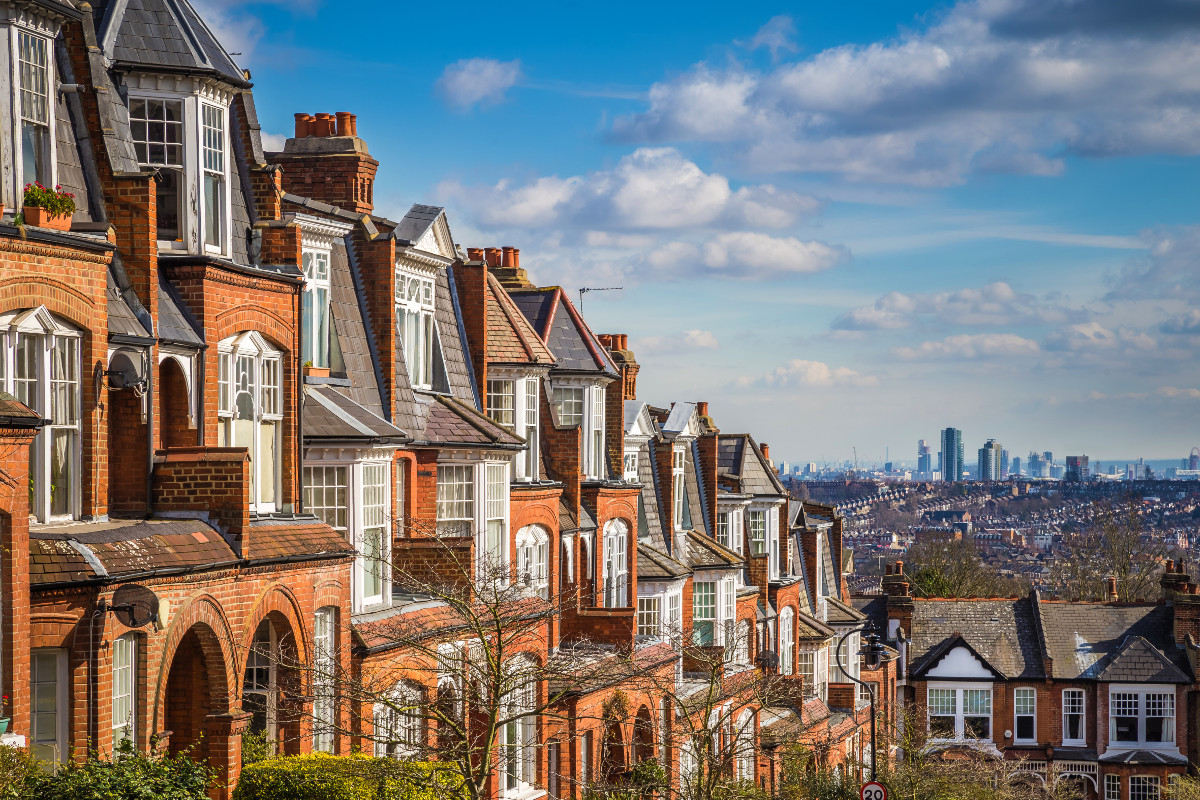London’s data centres are releasing enough waste heat to warm up to half a million homes each year, but much of that energy is being lost to the atmosphere, according to a new report from AECOM.
Commissioned by the Greater London Authority (GLA) and produced with HermeticaBlack, the study estimates up to 1.6 TWh of heat could be recovered annually from the capital’s data centre estate – roughly equivalent to meeting all heating and hot water needs for all homes in Ealing.
The report, Optimising Data Centres in London: Heat Reuse, sets out policy levers to activate heat offtake from operators. Recommendations include updated planning guidance, targeted infrastructure incentives and a standardised framework so future data centres are designed to optimise waste-heat reuse.
International case studies show what is possible. AECOM notes cities such as Geneva are utilising as much as 95% of recovered data centre heat. Applying the model across London’s dataset suggested enough heat to supply around 350,000 homes today, with an upper bound of up to 500,000 based on the quantum currently being lost.
With more than one in eight London households in fuel poverty, and the UK still heavily reliant on gas boilers, the report highlights the social as well as environmental case for change. Data centres, often in densely populated parts of East and West London, offer a local, low-carbon source of heat for nearby homes, schools and public buildings.
Rising compute demand for AI and high-performance computing is also increasing waste-heat quality. Higher server temperatures produce higher-grade heat that is more viable for reuse through heat networks, according to AECOM.
Asad Kwaja, Associate Director, Sustainability & Decarbonisation Advisory at AECOM, noted, “The UK needs complex digital infrastructure to enable its ambitions to become a leader in AI. Data centres lie at the heart of this conversation but we must consider their wider use if they are going to play an integral part of the UK’s infrastructure landscape. Data centres should no longer be considered as just an energy consumer – they can become a part of the whole energy ecosystem.
“London is one of the biggest data centre hubs across Europe, the Middle East and Africa, and hosts 80% of the UK’s capacity. With the right planning, coordination and investment, London’s data centres could play a pivotal role in decarbonising heat needed to power the influx of new homes the capital needs to build to address the housing crisis, while also cutting bills for existing residents and improving local energy resilience.”
An early London scheme is already moving. In 2023, the Old Oak and Park Royal Development Corporation (OPDC) secured £36m of government funding for a heat network developed by AECOM, designed to recover heat from up to three data centres and deliver 95GWh annually.
What’s next will depend on planning policy, procurement rules and investment signals that make heat offtake standard practice rather than a bespoke add-on. If London can align those pieces, the city could convert a by-product of digital growth into lower-carbon, locally sourced heat at scale – and that could help it win the hearts of residents, rather than being seen as the mysterious monolith that is doing environmental harm.


